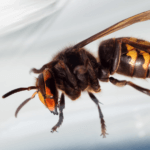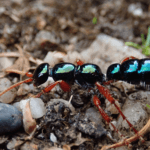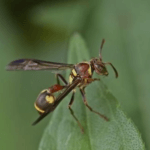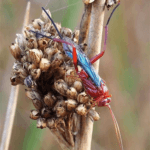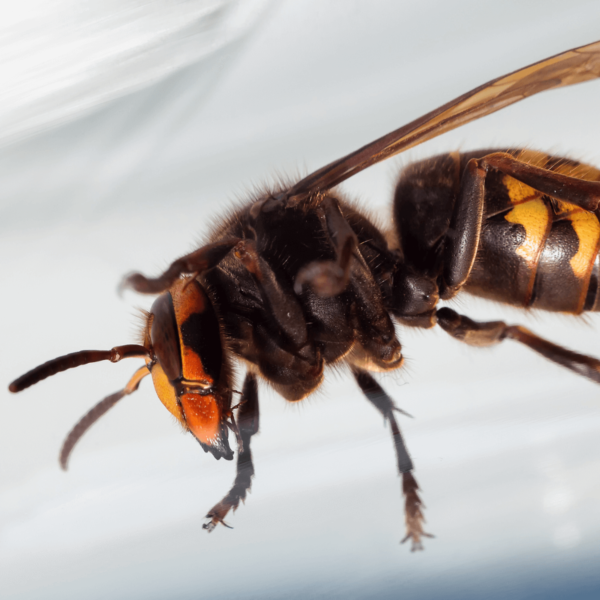
The Largest Wasp in the World: Unveiling the Australian Hornet
In the vibrant tapestry of Australian biodiversity, the Australian hornet (Abispa echidna) emerges as an awe-inspiring giant, its large, intimidating size and powerful sting commanding respect and caution. These captivating insects, with their striking black and yellow bodies and buzzing presence, are not only mesmerizing to behold but also play a crucial role in maintaining the delicate balance of Australian ecosystems.
Fearsome Predators: Controlling Insect Populations
Australian hornets are apex predators in the Australian insect world, preying on a wide variety of insects, including spiders, cicadas, butterflies, and even other wasps. Their powerful stings and sharp mandibles allow them to subdue and consume prey much larger than themselves, playing a vital role in controlling insect populations and maintaining the balance of the ecosystem.
While their intimidating appearance and fearsome reputation often cause alarm, Australian hornets are generally not aggressive towards humans. They only sting in self-defense when provoked or threatened, and their stings, while painful, are rarely life-threatening.
Nesting Giants: Constructing Elaborate Paper Structures
Australian hornets are social insects, living in colonies that can number in the thousands. These colonies are matriarchal, with a single queen responsible for laying eggs while the worker hornets diligently forage for food, construct the nest, and care for the young.
Australian hornet nests are intricate paper structures, often constructed in the branches of trees or in sheltered areas. The workers meticulously gather wood pulp and other plant fibers, mixing them with saliva to create a strong, durable paper-like material. This paper is then used to build a series of chambers that serve as nurseries for the larvae, storage rooms for honey, and living quarters for the queen and worker hornets.
Respecting the Giants: Maintaining a Harmonious Coexistence
While Australian hornets play a crucial role in the ecosystem, their large size and potential for stinging can raise concerns, particularly for those with allergies. It is important to remember that hornets are not inherently aggressive and only sting in self-defense.
Respecting Australian hornets and their habitat is essential for maintaining a harmonious coexistence. Avoiding disturbing their nests, keeping food and garbage containers sealed, and planting flowering plants that attract their natural prey can help to minimize interactions with these impressive insects.
If you encounter an Australian hornet nest or have concerns about their presence, it is advisable to contact a professional pest control service. Experienced pest control technicians can safely remove nests and provide guidance on preventing future problems.
Our Pest Control Services: A Commitment to Safety and Expertise
At our pest control company, we understand the importance of protecting both our customers and the environment. We are committed to providing safe, effective, and environmentally responsible pest control services. Our experienced technicians are trained to identify and handle a wide range of pests, including Australian hornets. We use only the latest, EPA-approved products and techniques to ensure the safety of our customers, their families, and their pets.
If you are concerned about Australian hornets or other pests in your home or business, please contact us for a free consultation. We will be happy to provide you with information about our services and answer any questions you may have.



